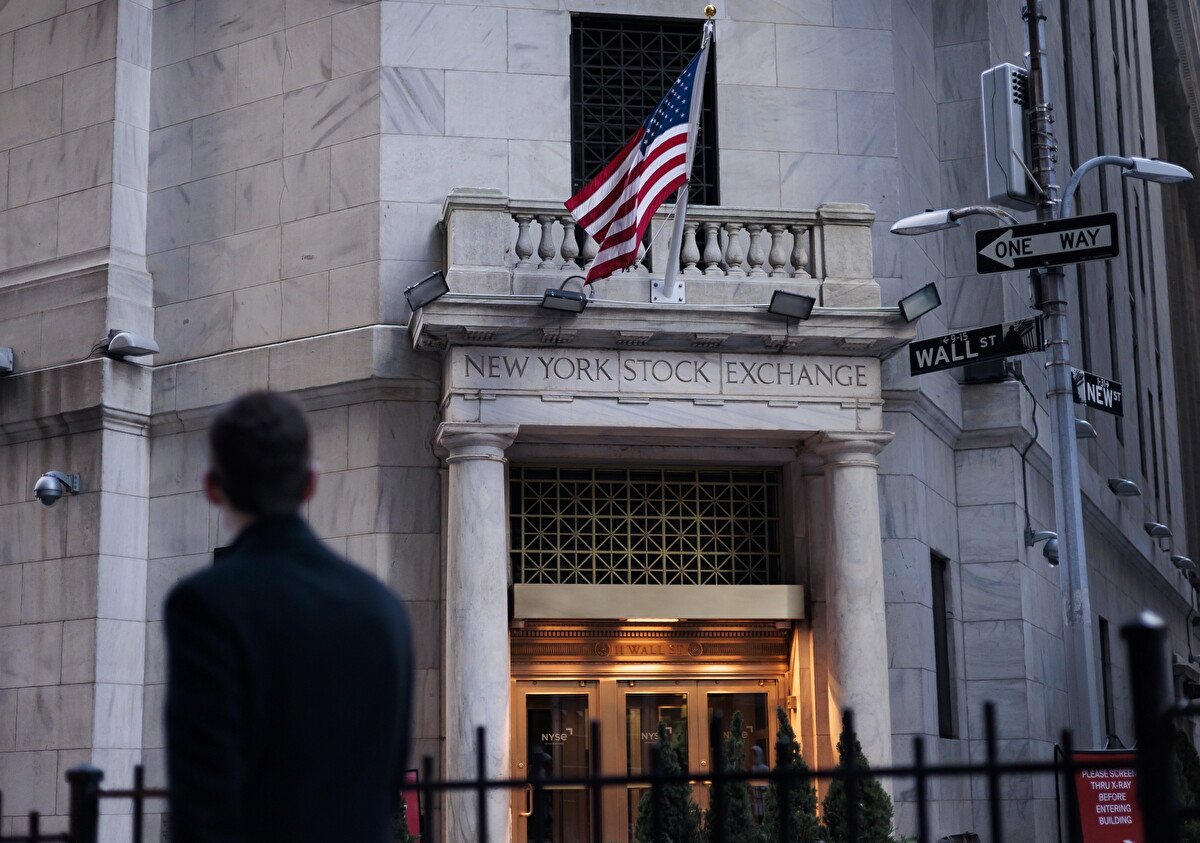Russia said Monday it will pause military operations in Ukraine from May 8 to 11, declaring a 72-hour ceasefire ahead of Victory Day events marking the 80th anniversary of the Soviet Union’s defeat of Nazi Germany — known nationally as the Great Patriotic War.
“By humanitarian order of the Supreme Commander-in-Chief of the Armed Forces of the Russian Federation, Vladimir Putin, a ceasefire will take effect from 00:00 (GMT+3) on May 8 until 00:00 on May 11,” the Kremlin announced in a statement.
Moscow said it hoped Ukraine would respond “positively” to the unilateral 72-hour truce, but warned that Russian forces would react “appropriately and effectively” if Kyiv did not comply.
The statement also reiterated Putin’s willingness to resume peace talks “without preconditions” in order to address “the root causes of the Ukrainian crisis,” which escalated three years ago following Russia’s full-scale invasion. The Kremlin also made clear that Moscow remained open to “constructive cooperation with international partners.”
Putin had previously declared a similar 72-hour ceasefire during Orthodox Easter, from April 19 to 21. Ukrainian President Volodymyr Zelensky had proposed extending the Easter truce by 30 days, a move that ultimately failed. Although there were multiple documented violations, the level of fighting declined noticeably during the period — except in the border zone between Russia’s Kursk and Belgorod regions and Ukraine’s Sumy region, where hostilities continued without pause.
Troops on both sides took advantage of the temporary lull to repair critical logistical infrastructure, retrieve fallen soldiers, and coordinate evacuation team exchanges under white flags, particularly in Rabotino, a frontline village in Ukraine’s southern Zaporizhzhia region.
Fighting, however, resumed shortly after midnight on April 21 with renewed clashes along the entire front, accompanied by a barrage of Russian missile strikes on Kyiv that killed at least 12 people and injured around 80.
“If Russia truly wants peace, it must cease fire immediately. Why wait until May 8?” Ukrainian Foreign Minister Andrii Sybiha wrote Monday on X. He insisted any ceasefire should be “real, not just for a parade,” and said Kyiv was ready to commit to a “lasting, reliable, and complete” truce of at least 30 days.
Sybiha’s remark referred to the lavish Victory Day celebrations on May 9, the most important secular holiday in Russia. This year, for the first time since the war began, troops from about ten countries are expected to march in Moscow’s Red Square, including military units from Azerbaijan, Serbia, and Tajikistan.
Expected attendees include Putin’s key international allies — Chinese President Xi Jinping, North Korean leader Kim Jong Un, and Belarusian President Alexander Lukashenko — as well as Indian Prime Minister Narendra Modi, Brazilian President Luiz Inácio Lula da Silva, Venezuelan President Nicolás Maduro, Cuban President Miguel Díaz-Canel, and Palestinian Authority leader Mahmoud Abbas.
Also expected in Moscow are Slovak Prime Minister Robert Fico — the only European Union official confirmed to attend — and Serbian President Aleksandar Vučić, who has maintained strong ties with Moscow despite Serbia’s EU membership bid.
In a Sunday interview with NBC, U.S. Secretary of State Marco Rubio described the current week as “very critical” in determining whether Washington will continue to push for a negotiated settlement. President Donald Trump, who briefly met with Zelensky last Saturday during Pope Francis’s funeral in the Vatican, expressed skepticism about Putin’s intentions. Still, he noted on Friday that a diplomatic breakthrough might be “close.”
Russian Foreign Minister Sergey Lavrov on Monday reaffirmed that recognition of Russia’s sovereignty over Crimea and the four Ukrainian regions unilaterally annexed in late 2022 — Donetsk, Luhansk, Zaporizhzhia, and Kherson — was “non-negotiable” in any peace agreement. The territories remain only partially under Russian control.
The Kremlin has long maintained that any resolution to the war, which began on February 24, 2022, must address Russia’s security concerns. These include Ukraine’s formal abandonment of its NATO aspirations and a major reduction in the size of its armed forces.
Despite pressure from Washington, Kyiv has consistently ruled out any territorial concessions in exchange for peace. Meanwhile, progress has reportedly been made on a long-anticipated U.S.-Ukraine critical minerals agreement. Ukrainian Prime Minister Denys Shmyhal confirmed that negotiations in Washington over the weekend had yielded “substantial progress,” following talks with U.S. Treasury Secretary Scott Bessent.
In a Telegram post, Shmyhal noted that the latest draft of the agreement was drawn up independently of the approximately $84 billion in military aid provided by the U.S. over the past three years. “Most important,” he noted, “we have clearly defined our red lines. The agreement must comply with European obligations and must not contradict the Constitution or Ukrainian law.”
Western officials are also tracking Russian troop and infrastructure movements near the borders with Finland and Norway. Satellite images reviewed by The Wall Street Journal show expanded military facilities in Russia’s Leningrad and Murmansk regions, including newly built depots and barracks. Additional construction has been reported near Petrozavodsk, in Russia’s Republic of Karelia, where analysts say new rail links and logistical facilities may signal preparations for limited operations near NATO’s northern flank.
According to Western officials cited by the Journal, Russia last year authorized an increase in the size of its armed forces to 1.5 million troops. Once major operations in Ukraine subside, Moscow reportedly intends to redeploy a significant portion of its frontline forces to NATO-adjacent regions — especially the Leningrad Military District and the broader Baltic area.












